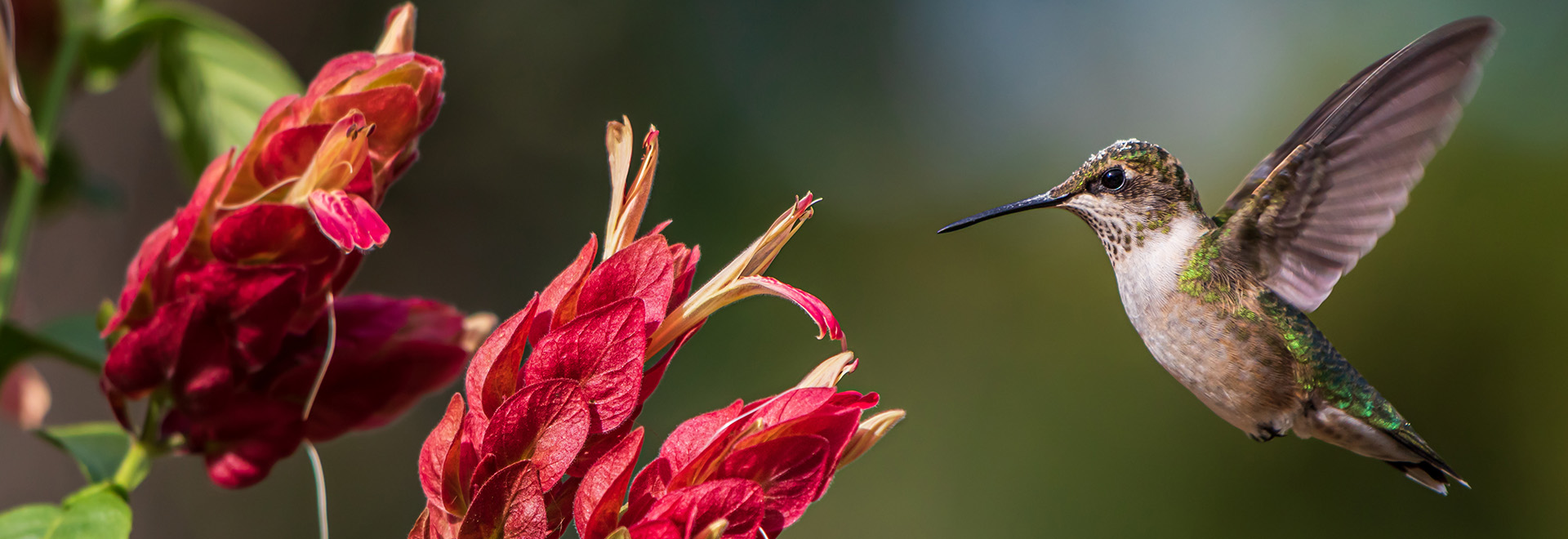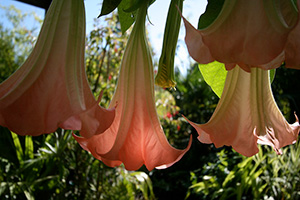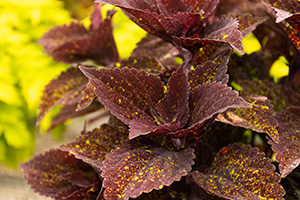The Neighborhood Gardener
April 2025

Tuesday, April 22 is Earth Day.
2024 Outstanding MGV: Joan Schneider

Ghost, Silver, Clay, and Ollie. These are names that were given to four citrus plants by passionate Florida Master Gardener Volunteer Joan Schneider. She enthusiastically adopted the trees as part of a federal research project; just one example of Joan’s dedication to horticultural research and education in Charlotte County. She didn’t stop there. Read our full article on Joan and all of her extraordinary work.
Toxic Landscape Plants

While landscape plants provide many benefits, some contain chemicals or compounds that are poisonous to humans, pets or livestock. Although they seem to come from the dark side of botany, toxic plants aren’t evil—they produce harmful compounds for a reason, such as to deter insects from feeding on them or to protect against microbial infections. These plants can still be used in the landscape, but special consideration should be given to areas where small children or pets might come into contact with them.
Plant of the Month: Golden Dewdrop

Golden dewdrop is an evergreen shrub or small tree with enticing blue-purple flowers that attract a host of pollinators. Its common name references the showy yellow fruits that cascade from its weeping branches. In addition to the fruits and attractive foliage, golden dewdrop also produces purple, white, or blue flowers in the summer and fall. It works well as a screen or backdrop, as a container plant, and can even be grown indoors next to a sunny window.
Wendy’s Wanderings

April is a busy month for gardeners. There’s so much to do—planting, pruning, and coaxing new growth to life. It’s no surprise that April is recognized as National Gardening Month. But it’s also National Volunteer Month, which beautifully combines two of my favorite things: gardening and volunteers. To everyone who has volunteered, is currently volunteering, or plans to volunteer in the future, thank you. Your time, energy, and heart make our communities blossom. Florida Master Gardener Volunteers donated over 340,000 hours, a contribution valued at $11 million. That’s a staggering impact, and a testament to their commitment.
Invasive Plants Update

The UF/IFAS Assessment of Non-Native Plants in Florida’s Natural Areas uses research-based tools to evaluate the invasion risk of species that did not evolve in the state. When plants are assessed as “high risk of invasion” they’re not yet considered established outside of cultivation in Florida, but are predicted to become invasive if introduced to the state. Plants added to this list are not recommended for Florida gardening for risk of spreading and impacting native plants and ecosystems. This update on Gardening Solutions lists four plants recently added to the list, including spider plant.
April in Your Garden
With April’s warming temperatures and new growth, now is a good time to monitor your plants for pests feeding on tender leaves. Plant heat-tolerant annuals like coleus and vinca, along with bulbs like canna; divide up clumps of perennials and add fresh mulch to conserve water. Gardeners can continue to plant some warm-season crops.
For more month-by-month gardening tips, check out the Florida Gardening Calendar. Three different editions of the calendar provide specific tips for each of Florida’s gardening regions—North, Central, and South.
What’s Going On?
If your Master Gardener Volunteer program or Extension office is having an event, be sure to share it with us.

